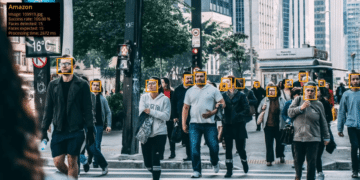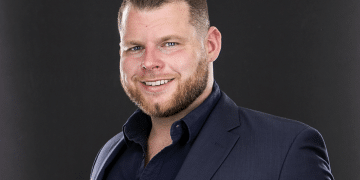This is supported by a study conducted by researchers at the University of California Santa Cruz: the processing of Alaska pollack generates almost double the emissions from the fishery itself.
TRANSFORMATION of Alaska pollack into fish sticks, crab sticks, and fish fillets generates significant greenhouse gas emissions. This is confirmed by a new study on the climate impacts of fish processing conducted by researchers at the University of California Santa Cruz (UCSC). According to the survey, published in the journal Elementa: Science of the Anthropocene, post-capture processing generates almost double the emissions produced by fishing itself.
“The food system is a significant source of global greenhouse gas emissions and Alaska Pollack is one of the most heavily fished products in the world,” says Brandi McKuin, a researcher at UCSC. “These findings highlight the need to take a global approach to analyze the climate impacts of the food sector. Pollack is sold as fillets and trimmings that are used to make products such as fish sticks and fake crab. It’s a huge market,” comments the researcher, explaining that unlike previous studies, his research team has examined all components of the supply chain, from fishing to retail, identifying ‘hot spots’ where the industry should focus its efforts to reduce climate impacts.
According to the article, fishing for Alaska pollack would be relatively fuel efficient: cod are caught by large nets, called “trawl nets”, which carry much fish, which are then distributed for processing, often using large container ships that burn abundant amounts of low-quality fuel which, in turn, produce high levels of sulfur particles. “Shipping has a huge influence on the climate and switching to cleaner fuels could reduce the cooling effect of sulfur oxides and change the climate impact of products shipped transoceanically, including seafood,” explains McKuin. “This study highlights the need to expand our vision to include the entire supply chain,” says Elliot Campbell, co-author of the paper and lecturer in Environmental Studies at UCSC. “It’s not enough to just look at fishing. The picture is much bigger and much more complicated,” he concludes.


































